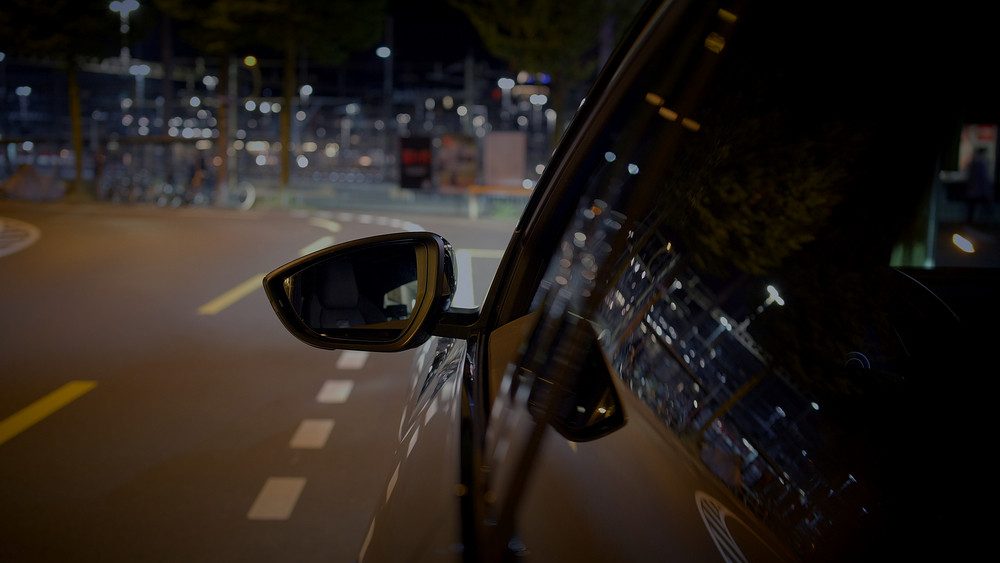How Night Driving Increases Risks and What to Do About It

Understanding the Risks of Night Driving
Driving at night poses a unique set of challenges that can significantly increase the risk of accidents. The reduced visibility during nighttime hours makes it difficult for drivers to perceive their surroundings accurately, contributing to a higher likelihood of collisions. Such risks are exacerbated by various factors, including fatigue and impaired vision, which are more prevalent during nighttime driving.
Vision plays a crucial role in driving, especially at night when lighting conditions are less than ideal. According to Vititoe Law Group, a staggering 90% of the decisions made by drivers pertain to visual input. This statistic emphasizes the importance of good vision and highlights the potential dangers when visibility is compromised by darkness.
Furthermore, the statistics surrounding driving behavior reveal that a significant portion of the population engages in nighttime driving regularly. In fact, according to a Gallup poll, approximately 83% of adults in the U.S. operate their vehicles several times a week. This widespread habit underscores the necessity of understanding and mitigating the risks associated with driving after dark to ensure safety on the roads.
Factors Contributing to Accidents at Night
The context of night driving involves various risk factors that make it perilous for drivers. One of the most critical elements is the occurrence of driving under the influence (DUI) of alcohol, which is one of the most prevalent offenses in criminal law. Many individuals might understate their impairment, leading to dangerous situations on the road as nighttime social activities often coincide with alcohol consumption.
Additionally, the combination of reduced visibility and potential distractions can greatly impact a driver’s ability to react promptly to hazards. When driving at night, factors such as glare from oncoming headlights can obscure a driver’s vision. Thus, as they navigate the road, their capacity to make timely, safe decisions may be hindered, effectively raising their risk of an accident.
Moreover, fatigue is another significant risk factor for night driving. It is common for drivers to feel drowsy or sleepy after a long day, and this fatigue frequently increases after dark. Consequently, when lifestyle choices lead to late-night driving—be it commuting home from work or attending social gatherings—drivers may find themselves more susceptible to accidents than during daylight hours.
Strategies to Mitigate Night Driving Risks
To enhance safety during night driving, it is essential for drivers to adopt certain strategies that can help mitigate the associated risks. One primary recommendation is to avoid distractions while driving after dark. Whether it’s refraining from using mobile devices or limiting conversations with passengers, reducing distractions allows drivers to focus entirely on the road and their surroundings.
Another effective measure is to ensure that vehicle headlights and taillights are functioning correctly and optimally aimed. Well-maintained lighting plays a pivotal role in visibility and awareness of other vehicles and obstacles on the road, especially at night. Ensuring that lights are bright and clean can significantly enhance a driver’s ability to see and be seen, contributing to safer driving conditions.
Lastly, adjusting driving habits to align with lifestyle choices can further improve safety during nighttime travel. For instance, drivers should consider planning their trips better, avoiding late-night travel when possible, or using rideshare services if they anticipate consuming alcohol. These changes in behavior can minimize the likelihood of engaging in risky driving practices associated with nighttime travel.
By prioritizing safe driving strategies and adopting healthier lifestyle habits, individuals can greatly enhance their safety and the safety of others on the road. Education and awareness are essential tools in combating the risks associated with night driving, ultimately leading to safer roadways for everyone. The combination of individual responsibility and community awareness can pave the way toward a reduction in nighttime crashes and injuries.

